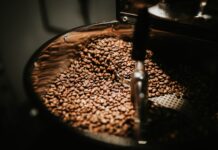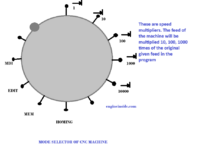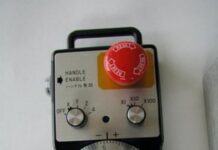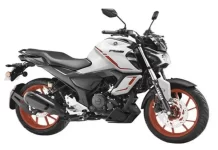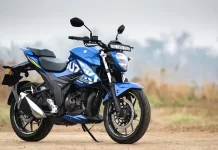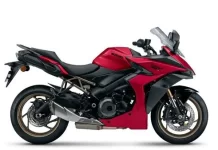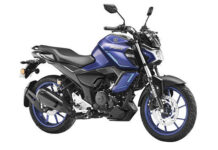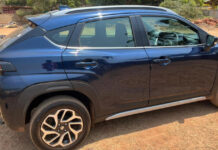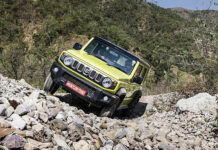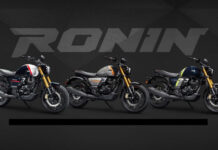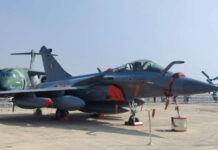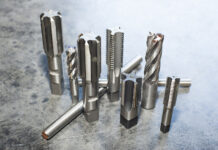Grinding : Abrasives, Grit, Classification of wheels, Bond and Grade
The grinding process is capable of producing very accurate sizes, equally accurate geometry like flatness or circularity and extremely good surface finish. The grinding wheel is capable of machining hardened steel and even hardened high speed steel, which cannot be done by other machining processes.
CHOICE OF ABRASIVES
Emery and corundum, are no longer used in modern grinding wheels. Instead artificially manufactured abrasives are used due to their high purity. These abrasives are (a) silicon carbide, and (b) aluminium oxide, Al2O3
–
Silicon carbide is greenish black in colour, whereas aluminous oxide is reddish brown.
Silicon carbide is harder and more brittle than alumina. For this reason, it is used for grinding materials of low grinding resistance like cast iron, brass, copper etc. Aluminium oxide abrasive is more suitable for grinding most steels because of its greater toughness to cope with increased grinding resistance offered. The code for silicon carbide is C and for Al2
O3 wheels it is A. Apart from the abrasive, the performance of a grinding wheels also depends upon many other factors. It is important that a suitable grinding wheel is selected for a particular application. The basis of some factors are discussed under the heading ‘‘classification of wheels’’.
CLASSIFICATION OF WHEELS
Classification of wheels is based on the following characteristics:
GRIT :
Grit indicates, the size of abrasive grain. It is indicated by a number. Higher the number, smaller the size of grains. Abrasives finer than 200, are called ‘‘flours’’ designated as F, FF, and FFF. These and finer abrasive ‘flours’ are used by jewellers. For fine finish of ground surface, smaller grit size abrasive wheels are used. But their metal cutting capacity is limited. With larger size abrasive wheels, finish is rough but metal removal rate is higher.
BOND AND GRADE
Bond refers to the substance of which the matrix of the grinding wheel is made. The degree of hardness possessed by the bond is called the grade of the wheel and indicates the strength of the grip with which the abrasive grains are held in the bond.
The following bonds are generally employed in manufacture of grinding wheels:
1. Vitrified bond: It is denoted by letter V and about 80% of the wheels used in the industry are of this bond.
2. Silicate bond: It is denoted by letter S and silicate of soda (commonly known as water glass) is the main constituent of this bond.
3. Shellac bond: It is denoted by letter E and shellac (a naturally available material) is the main constituent of the bond.
4. Rubber bond: Here the abrasive in kneaded in rubber and the wheels are moulded from this material. Denoted by letter R.
5. Resinoid bond: These wheels are made from bakelite and other resinous material. It is denotedby letter B.The bond hardness or grade is usually represented by the letters of English alphabet. A represents very soft grade, while Z is very hard M and N represent medium grade hardness.





